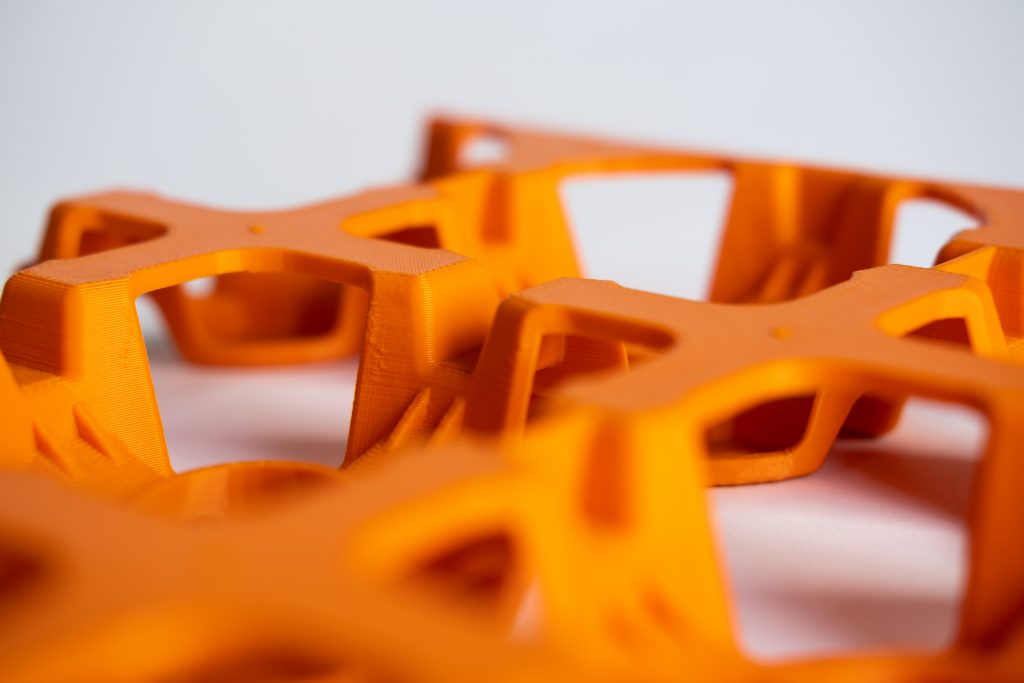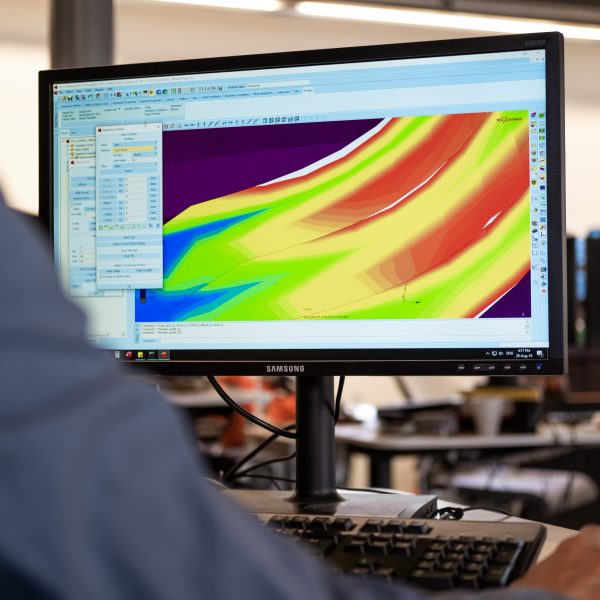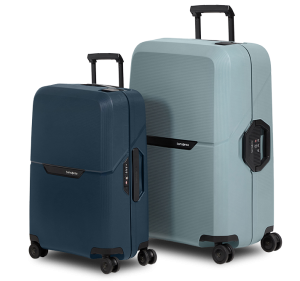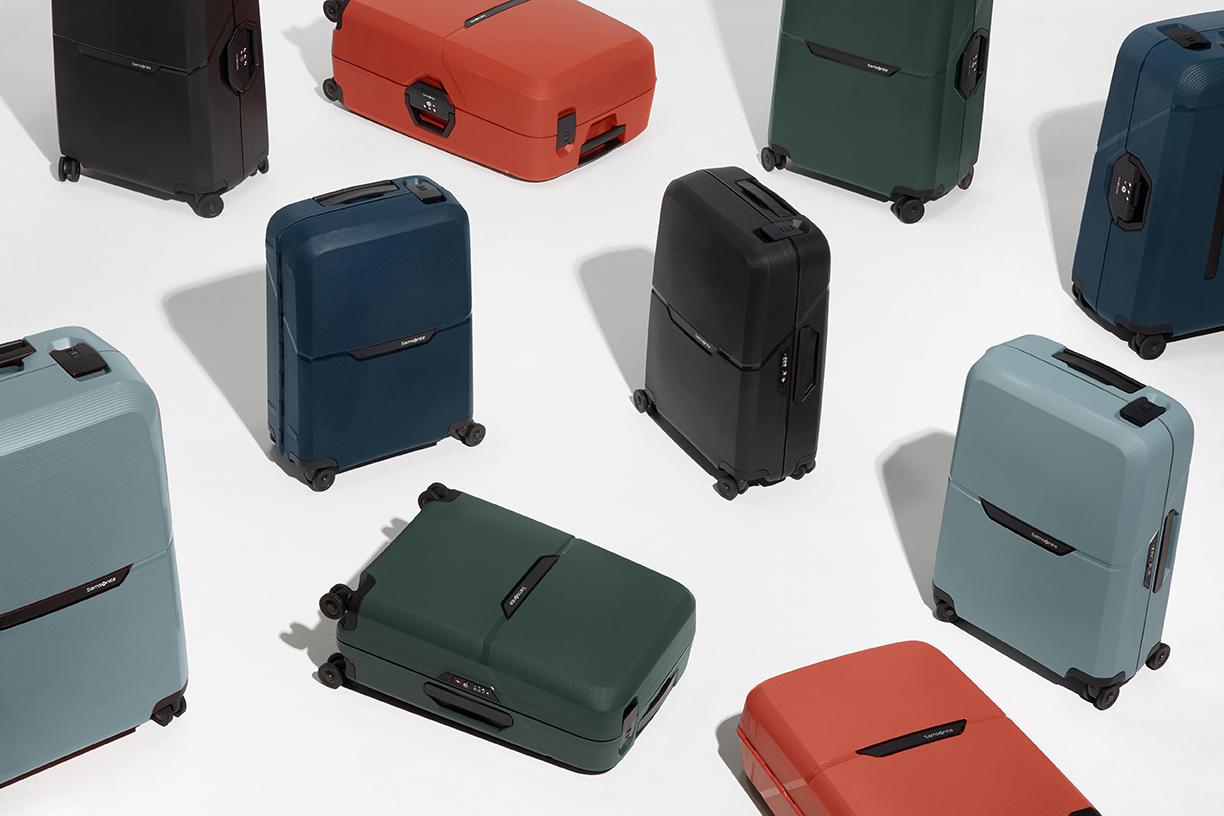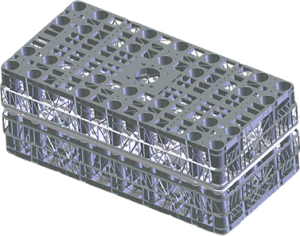
Dyka - Redesigned for recycling
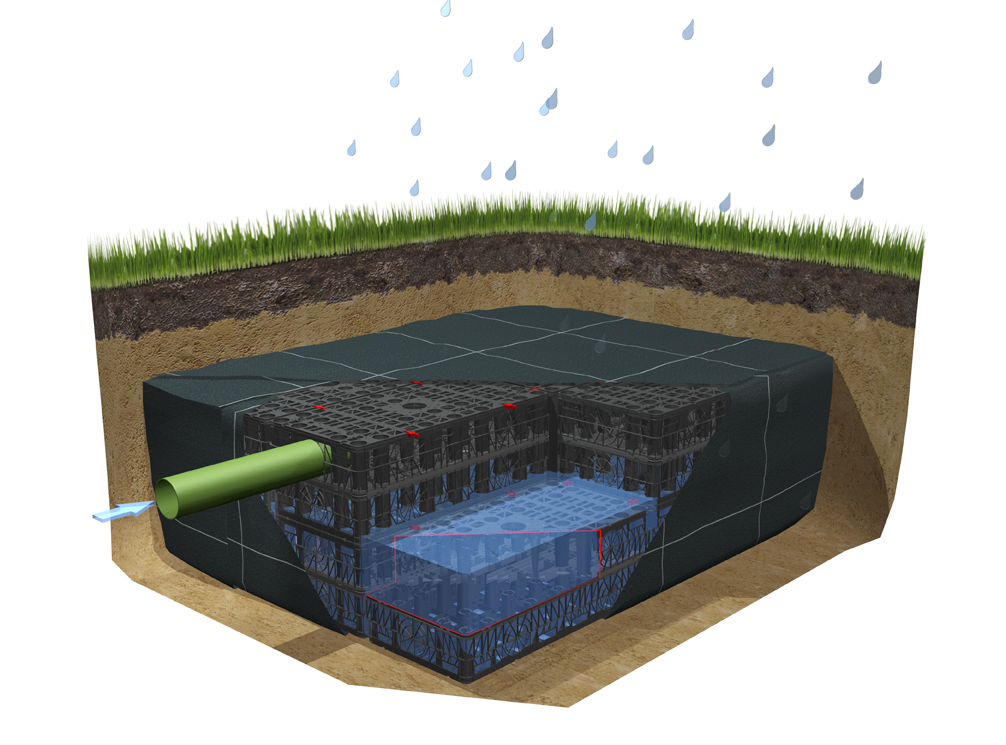
For years BPO has worked at sustainability by minimizing the use of materials for products. Mechanical and functional requirements are met using the minimal amount of raw materials. But, by making a product suitable to be made of recycled material we can take the environment into account even better!
Recycled plastic is still often seen as suitable only for relatively simple and crude products like roadside posts, but not much more. However, if the material stream can be kept relatively pure, the recycled material can be as good as new virgin material. For instance, BPO developed a new flower container for Flora Holland, which is made predominantly of reground material of the old version flower container, meaning that only a very limited amount of virgin material is needed.
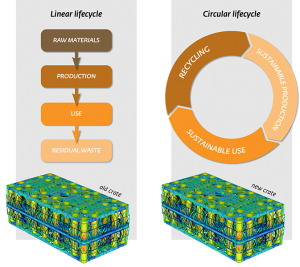
Another great example is the infiltration crate developed for Dyka. This product was originally designed by BPO and was so successful on the market that a new mould had to be made. A straight copy of the existing product would have been a logical way to go, but the existing product was made using a special new material for these kinds of constructions. Another, recycled, material that was available is somewhat weaker for long term loads. However, this can be compensated by using slightly larger wall thicknesses. This increases the amount of material and the cycle time, but the recycled material is cheaper per kilogram. A feasibility study showed that it would be possible to make a redesign for recycled material that has the same long-term strength without increased costs compared to the existing version.
Finally, it was also possible to incorporate several smart constructive improvements, so the product functions even better than originally thought possible.
The product is made in black, this being an ideal color for recycled material. White plastic cannot be made from recycled plastic streams if there is even a little amount of colored plastic mixed in the stream. Also, the new product is almost always stronger than the existing product because the spread in properties of the recycled material is taken into account. The product is dimensioned so that it still meets all requirements even if the material is at the lower end of its range of properties.
All in all, it gets more and more interesting to think about making your product (partly) of recycled material and to think about if an existing product can be the raw material for the same or a new version of your product after finishing its lifetime. This way the nice property of plastic, that it can be used again and again if done intelligently, can be used optimally. Thereby we are helping the environment by decreasing landfill or incineration and by reducing the need for new fossil raw materials.
Gebruikte diensten
